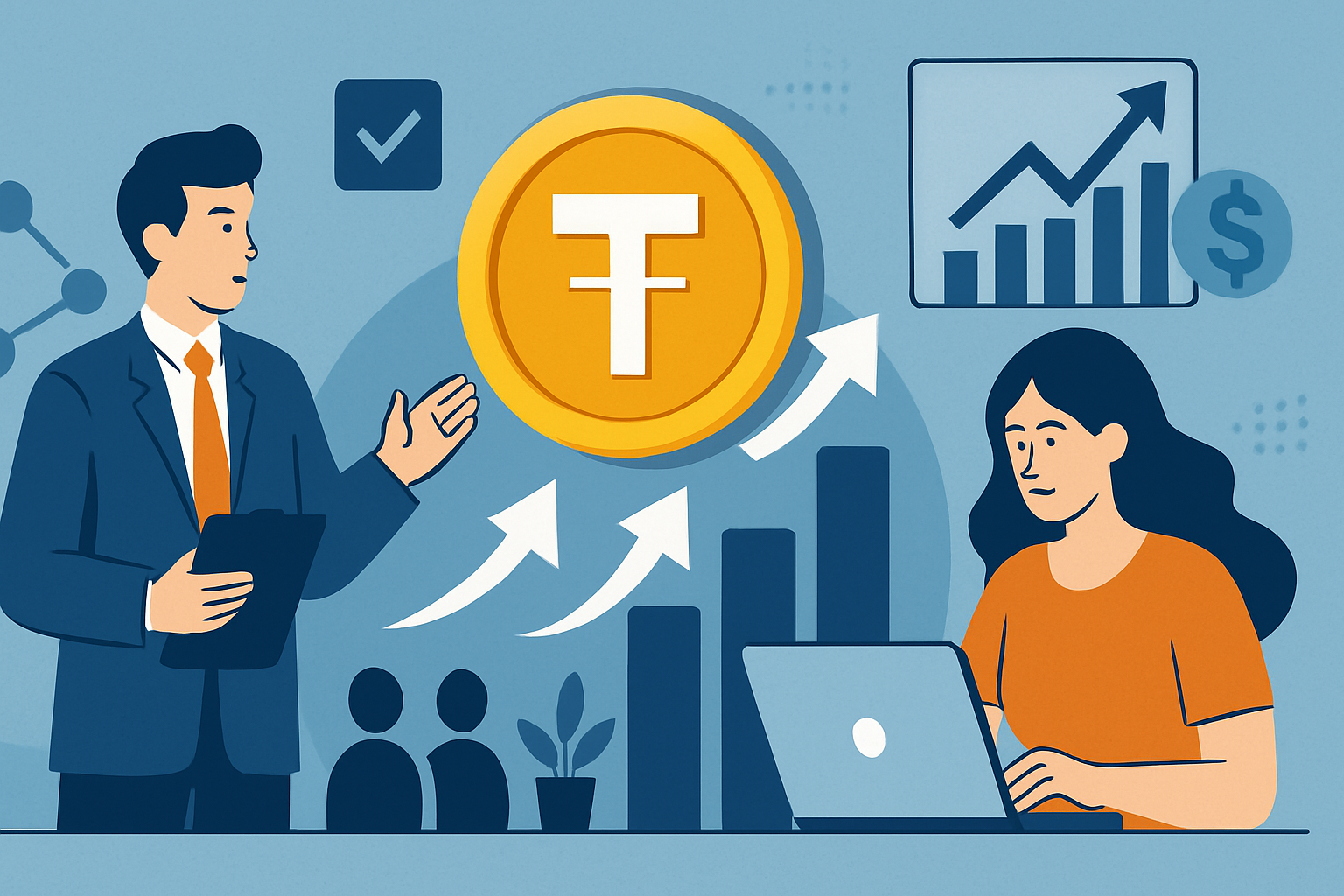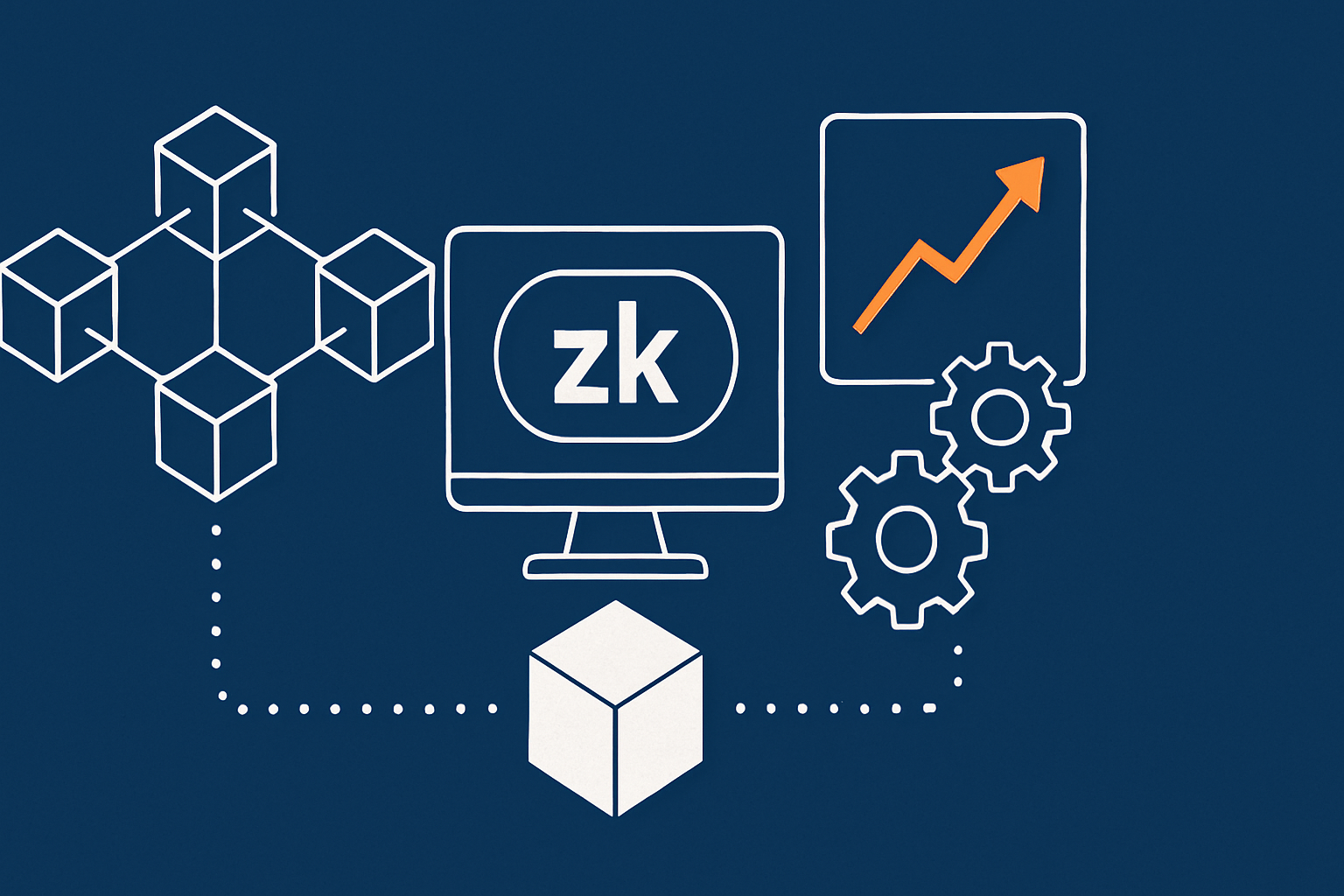
The emergence of Web3 is not just a technological upgrade—it represents a fundamental shift in how brands interact with users, build communities, and drive growth. Unlike Web2, where data and communication were controlled by centralized platforms, Web3 operates on principles of decentralization, transparency, and user empowerment. This shift is redefining the way brands establish trust, build loyalty, and create engagement in a digital-first world. Traditional marketing funnels no longer apply as-is, and companies must now navigate a fragmented, tokenized, and community-driven landscape to stay relevant.
Web3 marketing is not simply about adapting current strategies to blockchain platforms—it's about creating new paradigms altogether. In this era, customers are more than passive consumers; they are stakeholders, co-creators, and investors in the brand experience. From NFTs and DAOs to metaverse experiences and tokenized incentives, Web3 provides a playground for radical experimentation and lasting customer engagement.
The Decentralized Advantage: Power to the People
Decentralization lies at the core of Web3, and this principle has major implications for brand strategy. In a decentralized ecosystem, brands no longer dictate terms from the top-down. Instead, they co-create value with their community, often relying on decentralized governance models and on-chain feedback mechanisms. DAOs (Decentralized Autonomous Organizations) are one of the most powerful tools in this space, enabling communities to vote on brand decisions, product features, and even marketing budgets.
For modern marketers, this is both a challenge and an opportunity. Building a brand in Web3 requires letting go of control and embracing the organic, user-driven nature of the space. Communities now expect transparency, participation, and a sense of ownership. Those brands that meet these expectations are able to cultivate strong, loyal followings that far exceed what traditional brand loyalty programs can deliver.
Community Is the New Audience: The Rise of Token-Aligned Tribes
In the Web3 era, communities are no longer just fan bases—they are networks of users economically aligned through tokens. This alignment creates powerful incentives for users to not only participate in a brand’s ecosystem but to actively promote and defend it. Community members become evangelists, creators, moderators, and governance participants, all contributing to the health and visibility of the brand.
This shift in dynamics requires brands to rethink their go-to-market strategies. Rather than relying solely on paid acquisition and social media metrics, Web3 Marketing brands often prioritize community engagement metrics such as wallet activity, DAO proposal participation, Discord involvement, and token staking. The marketing team now includes community managers, moderators, and meme creators—all of whom play a vital role in building authentic, grassroots brand growth.
NFTs as Digital Brand Assets: More Than Just Art
Non-Fungible Tokens (NFTs) have emerged as a revolutionary tool in the Web3 marketer’s toolkit. Initially popularized by digital art, NFTs have now expanded into brand loyalty programs, digital identity, access passes, and community badges. These unique digital assets offer a powerful way to reward engagement, verify ownership, and create exclusive experiences for brand supporters.
For brands, NFTs unlock new ways to offer membership benefits, early access, gated content, or participation in private events. Starbucks Odyssey, Nike’s .Swoosh, and Adidas Originals have all explored NFT-based loyalty programs that turn customers into digital collectors and stakeholders. Beyond collectibility, NFTs enable brands to build scarcity, create emotional value, and enable secondary market trading that benefits both the user and the brand ecosystem.
Web3 Influencers and Creator Economies: From Hype to Long-Term Collaboration
Influencer marketing has taken on a new dimension in Web3. While Web2 influencers often focused on short-term product promotion, Web3 influencers act more like partners and community leaders. They hold tokens, participate in DAOs, and build long-term relationships with projects that align with their values. This deeper involvement ensures more authentic promotion and better alignment between the brand and the audience.
Moreover, Web3 unlocks new monetization models for creators, including tokenized revenue shares, royalties on NFT sales, and community tipping through cryptocurrencies. Platforms like Lens Protocol and Farcaster are creating decentralized social networks where creators own their content and audience. This ownership-centric model fosters loyalty and encourages influencers to build alongside brands rather than simply promote them for a fee.
Gamified Engagement and Quests: The New Funnel
Gamification has become an integral part of Web3 marketing. From token airdrops and treasure hunts to “quest-to-earn” platforms like Zealy and Galxe, brands are using interactive experiences to educate, engage, and onboard users. These activities are not just gimmicks—they serve as essential user acquisition and retention tools in a space where attention is scarce and loyalty must be earned.
For example, new users might complete a series of tasks—such as joining Discord, following on Twitter, minting an NFT, and staking tokens—to earn badges, points, or token rewards. These quests create engagement loops that guide users deeper into the ecosystem while delivering tangible value for participation. The end result is a more educated, engaged, and sticky user base.
Tokenomics and Incentive Design: Marketing by Design
In Web3, marketing is embedded directly into the product through tokenomics. A well-designed token model not only fuels the product’s internal economy but also drives user behavior, acquisition, and retention. Tokens can be distributed to incentivize early adopters, reward content creators, or align users through staking mechanisms.
This form of incentive-driven marketing turns every user into a potential investor and promoter. However, tokenomics must be carefully balanced to avoid short-term speculation and ensure long-term sustainability. Brands that succeed in this space—such as Aave, Uniswap, and dYdX—design their tokens to reflect real utility, governance power, and alignment with community goals. As a result, their communities grow not because of hype, but because of enduring value and meaningful participation.
The Metaverse: Immersive Brand Experiences in 3D
The metaverse has become the next frontier for experiential marketing in Web3. Unlike banner ads or static websites, the metaverse offers immersive, gamified brand experiences that users can explore, personalize, and share. From virtual fashion shows and branded lands in The Sandbox and Decentraland to fully interactive marketplaces, brands are finding new ways to tell their story in spatial, engaging formats.
More than just a buzzword, the metaverse allows brands to integrate community, commerce, and content in one cohesive environment. These virtual experiences can be monetized, token-gated, or used as launching pads for NFT drops, token sales, or exclusive merchandise. The ability to track user behavior on-chain within the metaverse also provides valuable insights into engagement patterns, helping brands refine their messaging and design more compelling experiences.
Privacy and Data Ownership: A New Relationship with Users
Data ownership is one of the most transformative elements of Web3 marketing. In Web2, user data is monetized by platforms without consent, leading to trust issues and regulatory backlash. Web3 changes this by putting users in control of their own data, often through decentralized identifiers (DIDs) and self-sovereign identity protocols.
For marketers, this shift means rethinking how they collect, store, and use data. Consent becomes the default, not the exception. Brands must now offer value in exchange for data—whether in the form of token rewards, exclusive content, or personalized experiences. This creates a more transparent and respectful relationship with users, one that can foster long-term trust and brand loyalty.
DAO-Led Brand Governance: From Audience to Decision-Makers
Another groundbreaking trend in Web3 marketing is the rise of community-led governance through DAOs. Instead of treating users as external observers, brands in the Web3 space are giving them real decision-making power. Through token-weighted voting mechanisms, community members can vote on everything from marketing campaigns and branding decisions to product features and treasury allocations.
This participatory model strengthens community ties and increases buy-in, as users feel a genuine sense of ownership. For marketers, it also means developing campaigns in close collaboration with the audience, often using open feedback loops and community brainstorming sessions. The result is a more agile, transparent, and democratic brand-building process.
Challenges and Growing Pains in Web3 Marketing
Despite its transformative potential, Web3 marketing is not without its challenges. Fragmented platforms, rapidly evolving technologies, and regulatory uncertainties can make it difficult for marketers to create consistent, scalable strategies. Building trust is harder in an industry plagued by scams and rug pulls. Moreover, onboarding non-crypto natives remains a major hurdle, as many Web3 experiences are still too complex or intimidating for the average user.
Another challenge lies in measuring success. Traditional KPIs such as clicks, views, and conversions don’t always apply in decentralized ecosystems. Instead, marketers must rely on on-chain metrics like wallet growth, staking participation, and NFT minting activity, which require a new set of analytical tools and frameworks.
The Road Ahead: What the Future Holds for Web3 Marketers
As the Web3 ecosystem matures, we are likely to see more seamless integrations between Web2 and Web3 platforms, more intuitive user experiences, and greater regulatory clarity. Brands that can bridge the gap between the two worlds—offering familiar UX with Web3-level innovation—will have the competitive edge.
We’ll also see the rise of hybrid marketing teams composed of developers, community builders, token economists, and traditional marketers working together to craft multi-layered campaigns. AI-driven tools will further assist in analyzing wallet behavior, optimizing token distribution, and creating personalized engagement pathways. The marketing playbook of tomorrow will be decentralized, permissionless, incentive-driven, and deeply rooted in community co-creation.
Conclusion:
Web3 marketing is not a passing trend—it is a structural shift in how brands grow, engage, and create value in the digital world. In this decentralized era, the most successful brands will be those that understand the power of community, embrace transparent incentive systems, and provide meaningful utility through tokens, NFTs, and immersive experiences.
As the Web3 space continues to evolve, one thing becomes clear: traditional marketing rules no longer apply. The brands that thrive will be the ones bold enough to rewrite them.



















Write a comment ...